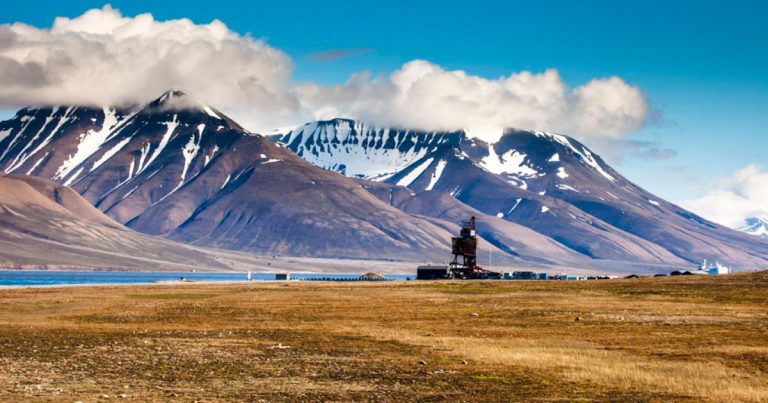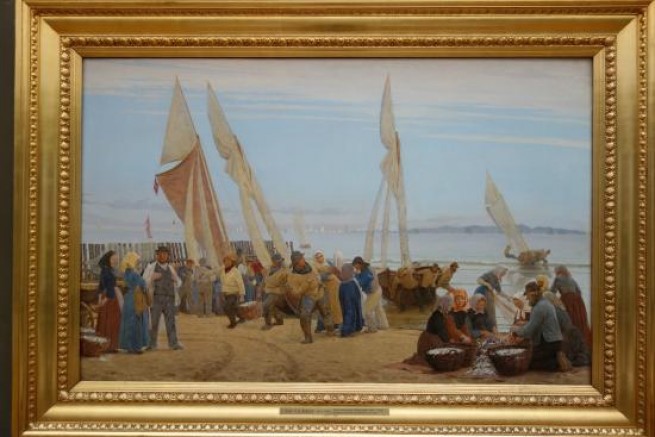The camping guests have had their say and voted for their favorite campsites in Sweden. Here is the list of camping tourists’ favorites in Sweden.
SCR – Svensk Camping conducted a survey earlier this year on the website Camping.se, where they asked readers to vote for their favorite campsites in Sweden. This resulted in the Camping.se Campers’ Choice 2023 list, where 12 campsites from all over the country eventually came out on top. A total of nearly 7,000 guests took part in the survey, and the Camping.se Campers’ Choice award is a competition in which the guests’ favorites are named through an annual vote.

Destination Apelviken – Halland
Right by the sea and only a short walk from Varberg’s center is Destination Apelviken, the perfect campsite for those who want both beach, swimming and activities and pulse at the same time. You will find Apelviken where the Kattegat’s waves hit the sand. It is Halland’s only five-star campsite, and you stay right in the middle of both beach and city life in Varberg. Goodies such as a pool, kids’ club, windsurfing course and water gym ensure varied days. In addition to caravan spaces, cabins and apartments are also offered. Ullared and Liseberg are half an hour away.
Learn more about the rocky west coast of Sweden by clicking the image below.

Dragsö Camping & Stugby – Blekinge
In Blekingen’s archipelago, just outside Karlskrona, is Dragsö Camping & Stugby, close to the water and the beach. Here you are offered a wide range of choices in terms of pitches, cabins and activities. The campsite is on an island but has a bridge connection to the center.

At Dragsö Camping & Stugby there is always something to do. Play on the adventure golf course or rent a bike, kayak or motorboat. In the high season, a summer program is arranged with fun activities such as ghost evenings, ghost hunting, sandcastle competition, barbecues and much more. In addition, there is regular music and family entertainment in the restaurant. The nearby World Heritage town of Karlskrona offers an archipelago atmosphere, historic buildings and cultural experiences.
Other recommendations: 19 Unique Accommodations in Sweden. Click the image to learn more.

Böda Sand Beach Resort – Öland

Along the mile-long, child-friendly sandy beach on Öland you will find Böda Sand Beach Resort, one of Sweden’s most popular campsites. Böda Sand, or “Böda Camping” as it is also called, is a holiday paradise for the whole family. Sun and bath, play and rest, well-being, friendship and beach sports are just some of the ingredients at Böda. At Böda Sand, you don’t have to worry about idling, and it doesn’t matter if you’re old or young, sporty or calm. The activity menu is broad and ranges from water parks to yoga, tennis and diving, to sand volleyball and water aerobics.

Hälleviks Camping – Blekinge
On Listerlandet, on the south-east coast of Sweden, is one of the country’s most beautifully situated (and mosquito-free) campsites. There are pitches for caravans, mobile homes and tents, with or without electricity. The nice location by the sea, the scents from the pine forest, a clean and well-functioning facility, the long shallow sandy beach, child-friendly swimming and the good service are some of the things that make Hällevik a favorite among guests.
Here you live in a caravan, mobile home, tent, cabin or apartment. No matter which form of accommodation you prefer, you are offered a comfortable and relaxing stay close to the sun, swimming and entertainment. The campsite also offers a range of activities, such as fishing, football, jazz days in August, swimming camp, playground, mini golf, dog pool, nature area and hiking trail.

Gullbrannagården – Halland
Gullbrannagården is a lovely family campsite, 10 km south of Halmstad, close to the sea and a child-friendly sandy beach. There are 320 campsites for caravans, motorhomes and tents, as well as 27 well-equipped cabins and apartments. Every day in the high season there are children’s and family activities, an obstacle course, volleyball, sandcastle building and lots of other fun.

Gekåsbyn Ullared – Halland
In the middle of the Halland forests lies Gekås Ullared, which is best known for its famous department store. A stone’s throw from the department store is Gekåsbyn camping. A year-round camping and cabin village not far from Sweden’s most famous bargain paradise. At Gekåsbyn Ullared there are as many as 600 campsites and 250 cabins for rent. Cook a meal with your travel companions, try on newly bought clothes together, take a bath in the jacuzzi or challenge your friends to a round of miniature golf in the evening.

Tingsryd Resort – Småland
In the south of Småland is Tingsryd Resort, a four-star camping resort with cabins, pitches, restaurant, bistro, jacuzzi, sauna, swimming pool, mini golf and much more. In the high season, they have many family and children’s activities, such as gym kidz, minigolf, minidisco, circus, music quiz, horse-drawn carriage, fishing and rental of rowing boats, canoes and bicycles. Although you can easily fill your days with fun things to do at the campsite, the area around Tingsryd also offers many fun family activities. If the weather is rough, you can, for example, take a trip to the water park Kaskad in Tingsryd.

Särna Camping – Dalarna
Särna Camping is centrally located by Lake Särna in Dalarna with a view of Vedungsfjällen and the forest.
Särna Camping is a campsite with a quiet atmosphere, beautiful views and a stone’s throw from Särnas Playa, a long and child-friendly sandy beach. In the camping area there is a wharf, café, mini golf, playground, fishing opportunities and canoe hire. With beautiful surrounding natural areas, and with close proximity to wilderness, this is a campsite that many return to year after year.
In Dalarne, you’ll experience the great lakes in Sweden. Learn more about them by clicking the image below.

Överhörnäs Camping – Västernorrland

Överhörnäs Camping is a quiet campsite at Själevadsfjärden 9 km south of Örnsköldsvik. The campsite is a perfect starting point for visiting Ö-vik or the world heritage Höga Kusten, with its wonderful nature. Here you can swim, fish and hike on great hiking trails. There is also access to a kayak, rowing boat, washing machine and Wi-Fi included.

Byske Havsbad – Västerbotten
By the Bay of Bothnia and the salmon river Byskeälven lies Byske Havsbad, 3 miles north of Skellefteå. The campsite has 450 pitches for motorhomes, caravans and tents, 42 pitches reserved for motorhomes only, and 83 cabins. Here there are plenty of things to do for the whole family with the rental of bicycles, pedal boats and segways. In addition, there is also a large pool area with slides inside the area, and a restaurant with delicious food when the stomach rumbles. Relax on the beach, take a bike ride or try your luck at fishing, there are many possibilities here.

Västra Kajen Camping & Guest House – Norrbotten
The campsite with guest harbor is only 500 meters from the center of Piteå. Västra Kajen Camping is a cozy campsite with a maritime feel and a short distance to shopping, museums, restaurants and nice cycling and hiking trails. Västra Kajen Camping & Gästhamn offers Skipskafé with outdoor seating and has large plots with sea views, electricity, wireless internet and a boat shed as a service house.

Torsby Camping – Värmland
Welcome to a wonderful campsite by the mythical lake Fryken! Torsby Camping has a beautiful south-facing location with a view of the water and the forest. A popular restaurant, Fröknarna Fräs has all alcohol rights and entertainment. The site offers mini golf, luxurious cabins and panoramic views. Torsby Camping is an eldorado for children, with, among other things, a playground, trampolines and a long shallow beach
About SCR – Swedish Camping and Camping.se
SCR – Svensk Camping is the industry organization for Swedish campsites and those who operate the website Camping.se. On Camping.se you will find 310 different campsites to choose from around Sweden. All the campsites on Camping.se are certified by SCR Swedish Camping’s trade association.
Camping Tourists’ Favorites in Sweden is based on a press release from SCR.
Feature image (on top): From Boda Sand.


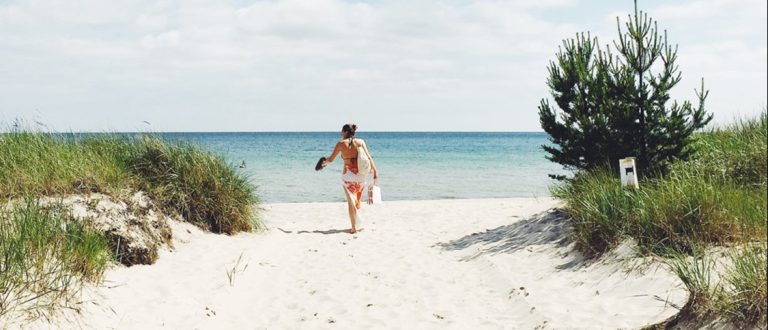








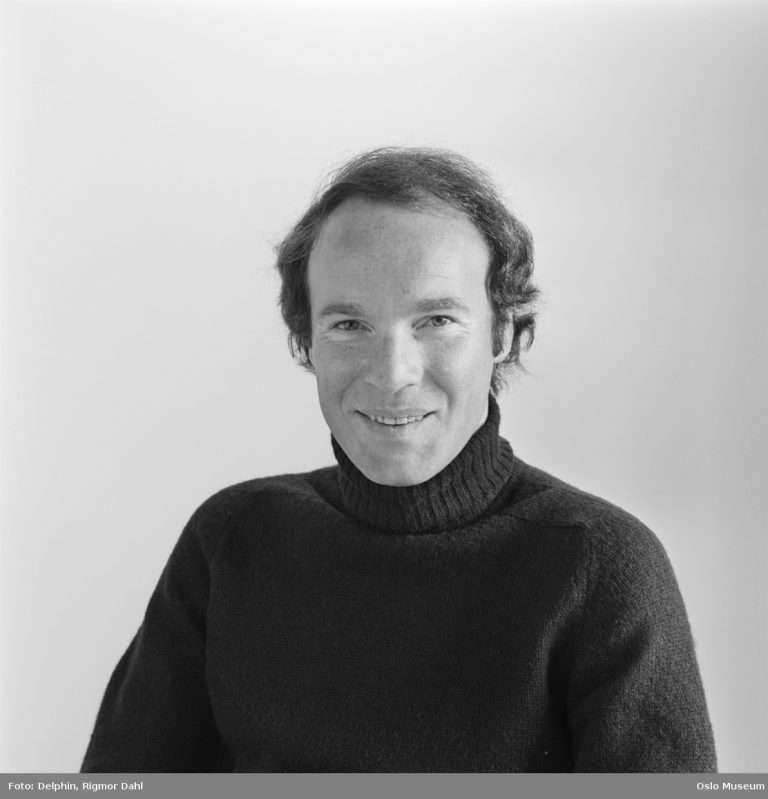
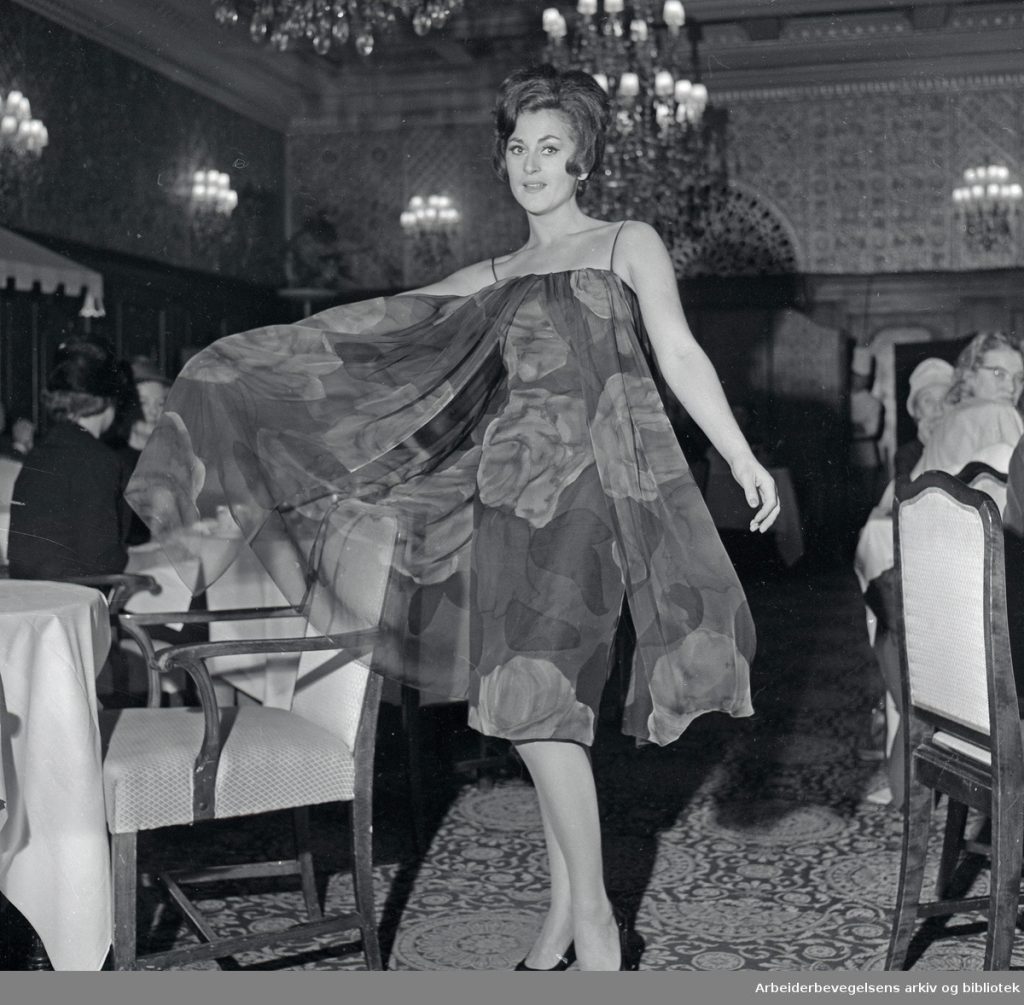

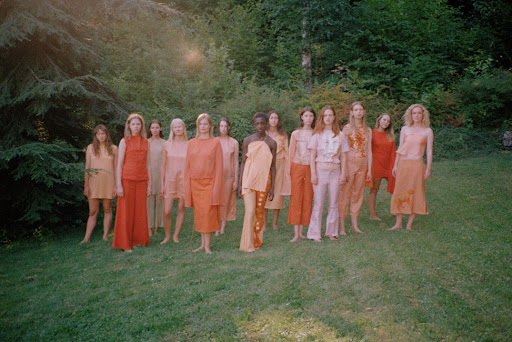




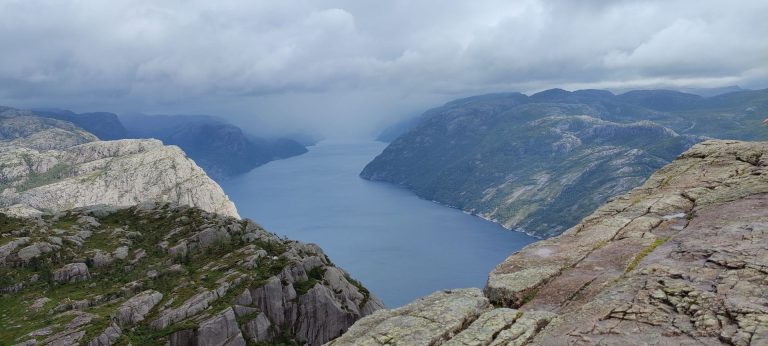





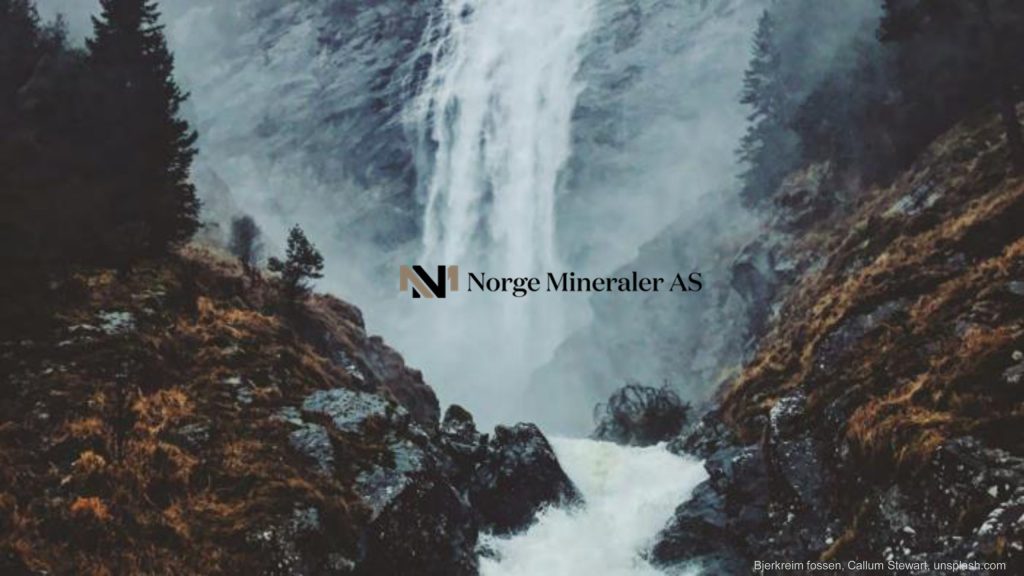










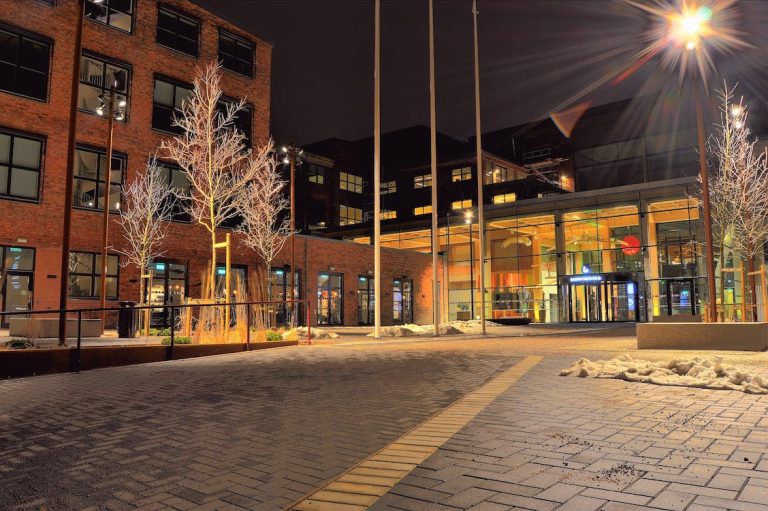
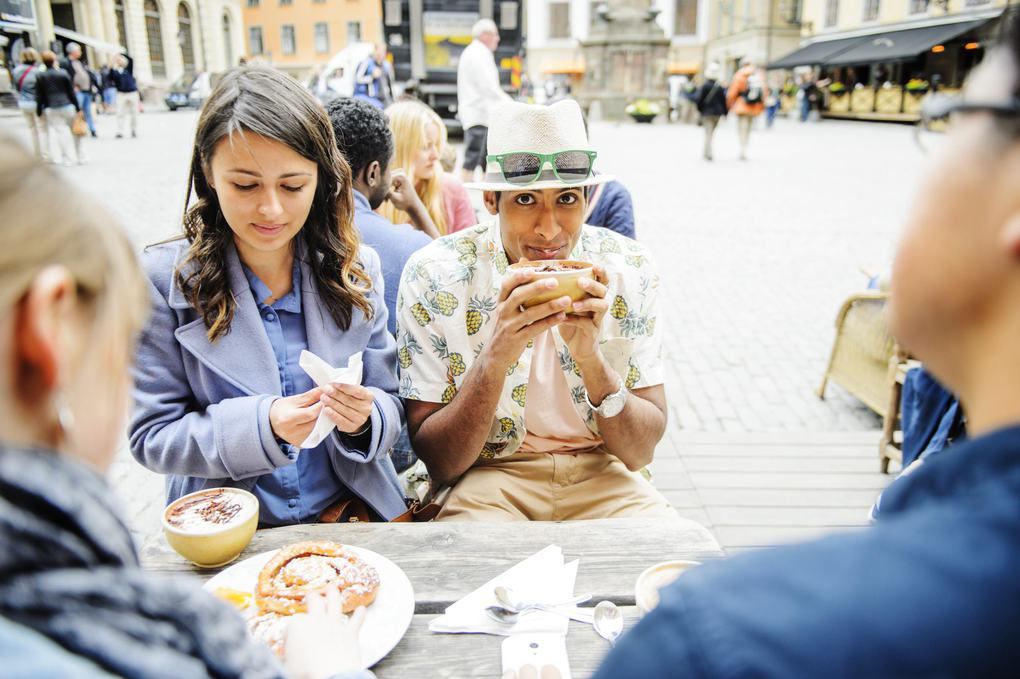







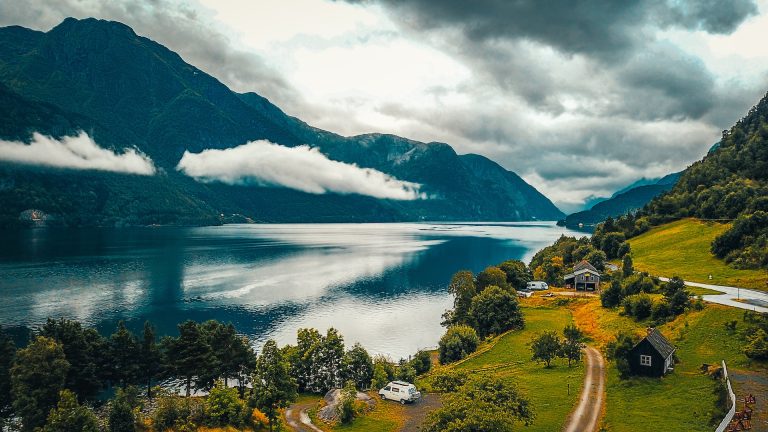





 4. The Employment Situation
4. The Employment Situation
 5. Openness to International trade
5. Openness to International trade
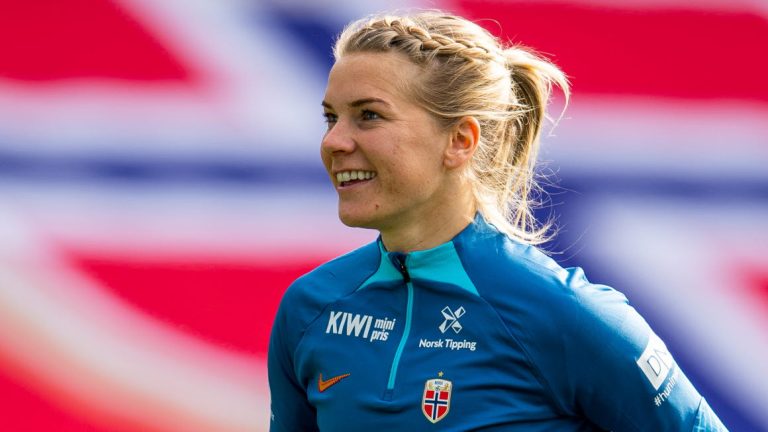




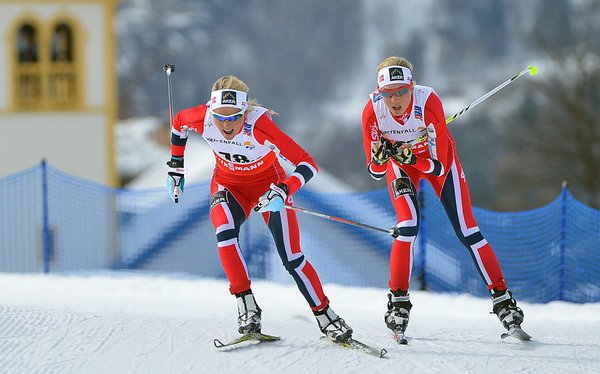
 “The fact that we have such icons who lead and show the way, and who also have a personality and a demeanor that is incredibly serious in relation to the sport, helps to increase interest and recruitment. It is also incredibly important for the commercial value of women’s soccer in Norway. It is the power of example,” said Terje Svendsen, president of the Norwegian Football Federation (NFF).
“The fact that we have such icons who lead and show the way, and who also have a personality and a demeanor that is incredibly serious in relation to the sport, helps to increase interest and recruitment. It is also incredibly important for the commercial value of women’s soccer in Norway. It is the power of example,” said Terje Svendsen, president of the Norwegian Football Federation (NFF).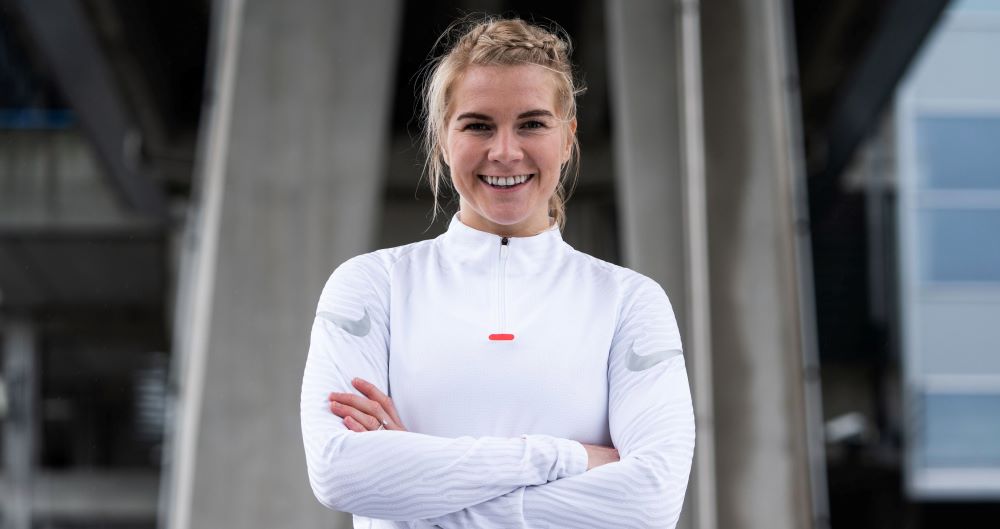
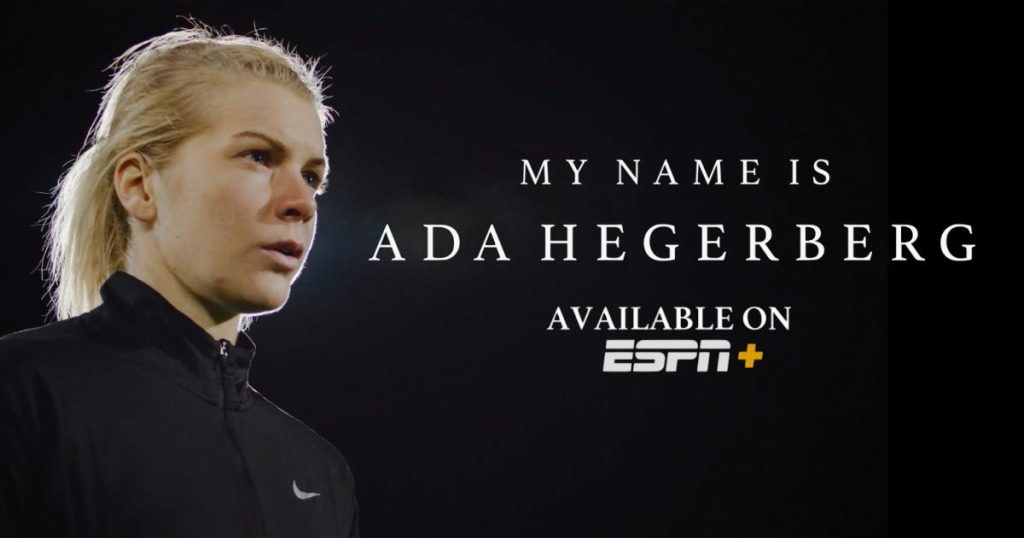 On 19 November 2020, the US-based streaming platform ESPN+ published a documentary about Hegerberg: My Name is Ada Hegerberg.
On 19 November 2020, the US-based streaming platform ESPN+ published a documentary about Hegerberg: My Name is Ada Hegerberg.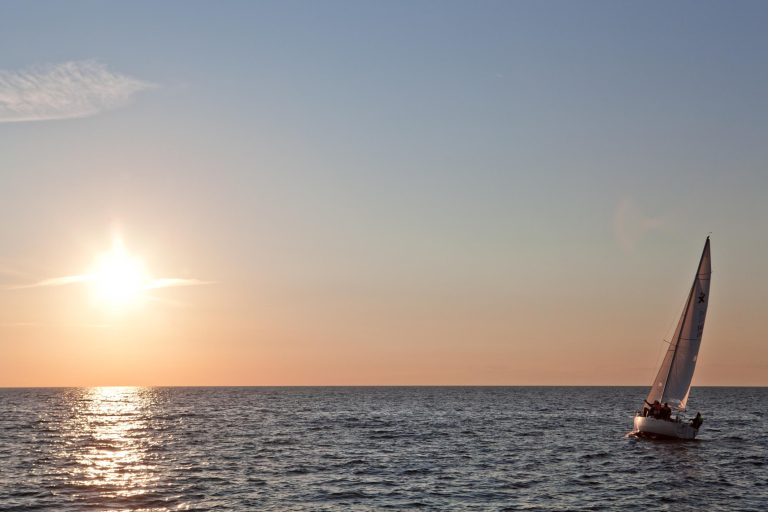
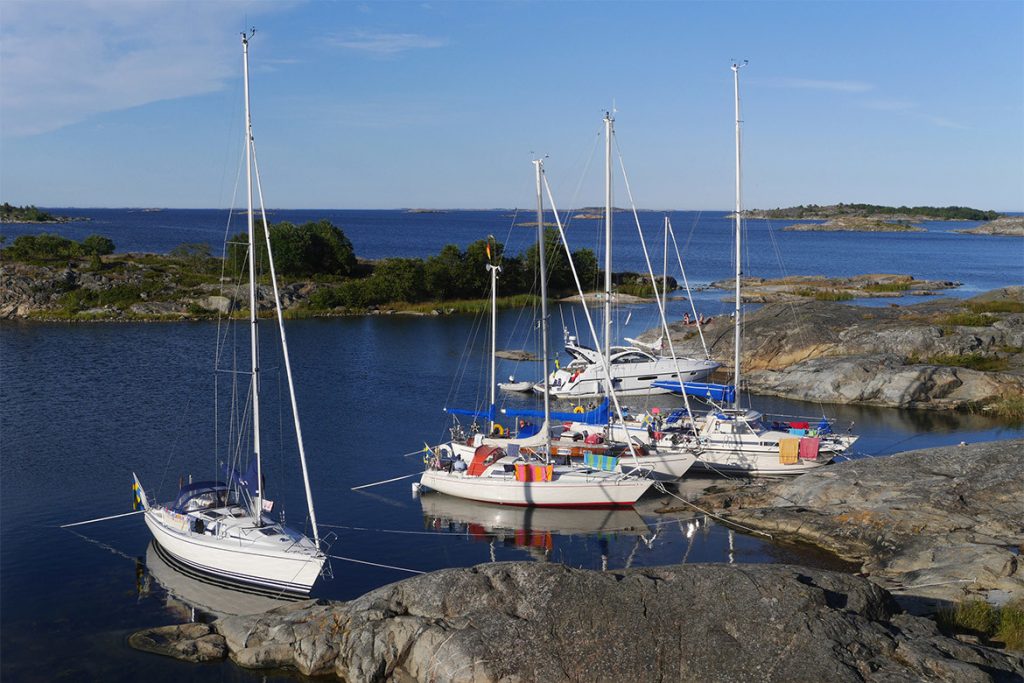
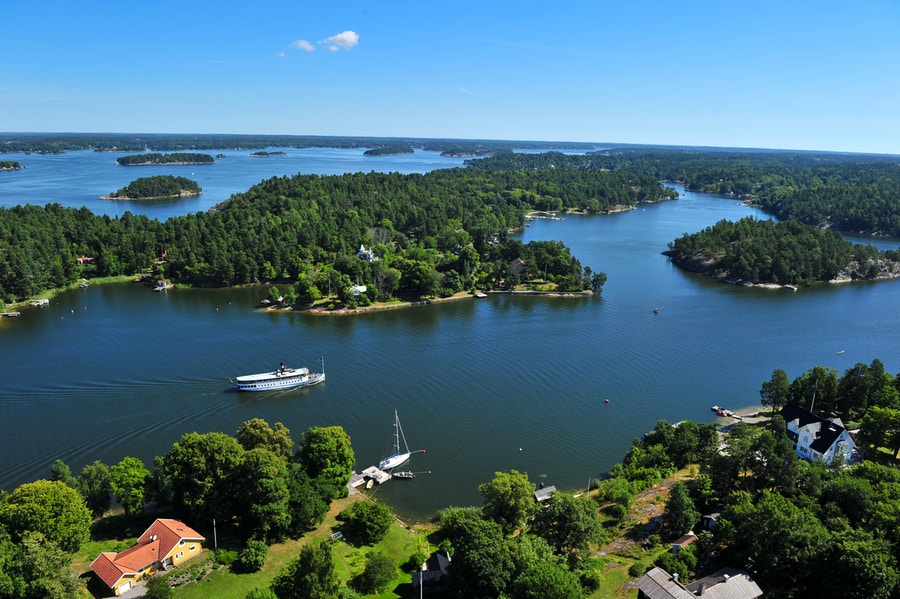




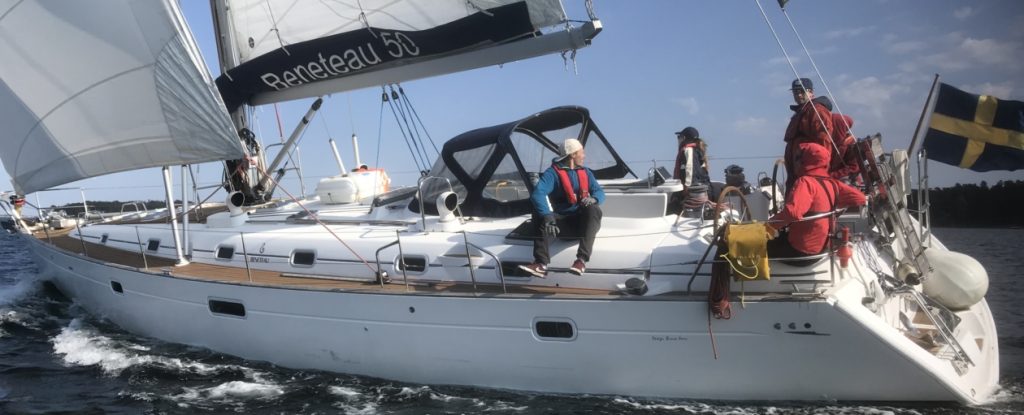
 8. Travel visa requirements
8. Travel visa requirements